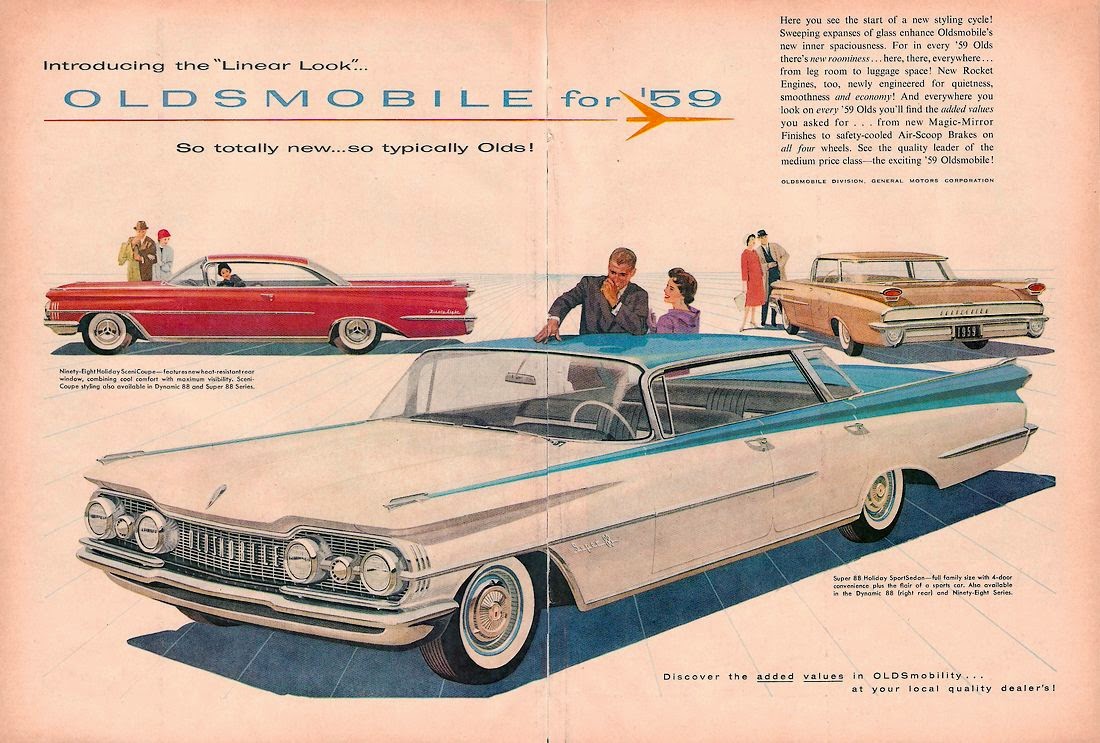 |
| Granger and O'Donnell |
Farley Granger
had a look — corruptible innocence — that worked for those mid-century film
noir and black & white B movies. Nice guy makes a mistake and things run
amok. Granger turned out to be an Alfred
Hitchcock favorite (Strangers on the
Train and Rope). However earlier
in his gracefully-aged, long career, Granger made a couple of movies that put
him on the road to stardom. In the following two movies he is paired with Cathy O’Donnell, the feminine version
of corruptible innocence. There was something oddly and attractively
androgynous about both of them. There was magic between them.
 |
| Edward Anderson's Novel |
They Live By Night (1948) — Veteran gangsters help a young and
green prisoner (Granger) escape. In return, they expect him to help them in
their chosen field of employment. When
he meets a semi-tough daughter (O'Donnell) of grifters (O’Donnell), they both see a way out
of their current existence. The movie,
directed by the highly regarded Nicolas
Ray (Rebel Without A Cause), was
based on a depression-era novel, Thieves
like Us by Edward Anderson.
Escaping his fellow escapees, as well as the police, proves to be more than he can
handle. Character actor Howard Da Silva
gives an outstanding performance as “One-eye” Mobley.
 Side Street
(1950) — While current critics seem to dote on the noir qualities of They Live By Night, I favor this one
right up to, but not quite all the way to the end. What could have been the
perfect noir turned out to be a perfectly fine police procedural with
exquisitely photographed scenes of 1950 Manhattan. Granger plays a down-and
out, part-time postman whose wife (O’Donnell) is pregnant. He engages in what
he believes to be a petty theft. The opportunity (temptation) practically falls
in his lap. Unfortunately there’s nothing petty about his crime. And each time
he tries to clear himself, he gets in deeper. Blackmail and a couple of murders
later, Granger’s character is running for his life. Anthony Mann directed.
Side Street
(1950) — While current critics seem to dote on the noir qualities of They Live By Night, I favor this one
right up to, but not quite all the way to the end. What could have been the
perfect noir turned out to be a perfectly fine police procedural with
exquisitely photographed scenes of 1950 Manhattan. Granger plays a down-and
out, part-time postman whose wife (O’Donnell) is pregnant. He engages in what
he believes to be a petty theft. The opportunity (temptation) practically falls
in his lap. Unfortunately there’s nothing petty about his crime. And each time
he tries to clear himself, he gets in deeper. Blackmail and a couple of murders
later, Granger’s character is running for his life. Anthony Mann directed.
Both films are not only blessed by great cinematography both
are able to draw from a stable of under-rated character actors, many of whom
will be familiar to fans of “B” films of he era.
Netflix has put both these films on one disc. If you are staying in and you are looking for
some spirits to get in the mood, get a blanket, dim the lights and pour a glass
of whiskey. Somehow wine spritzers and tough guys and gals don’t go together.














